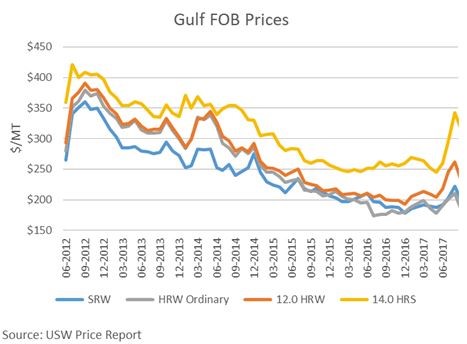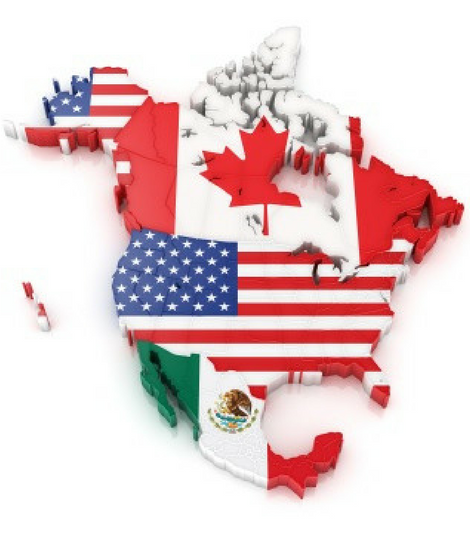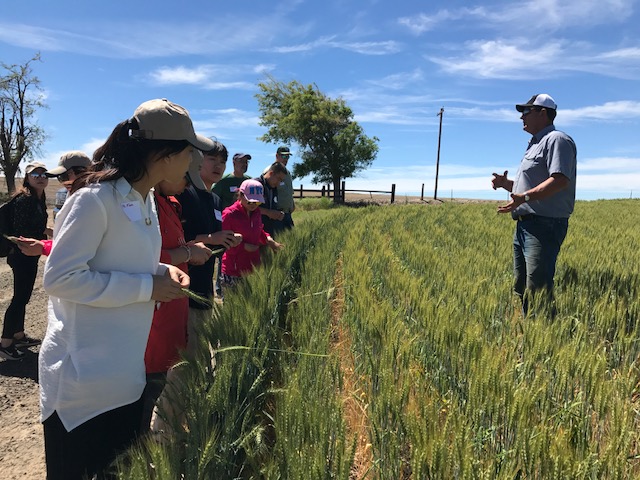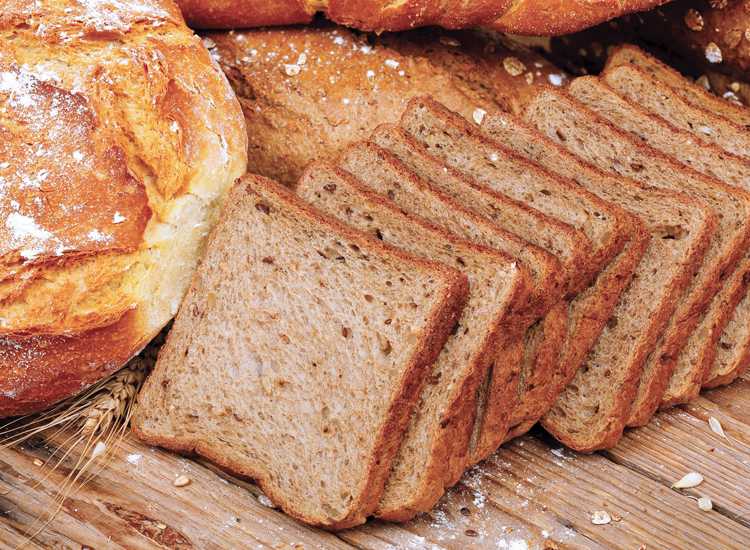By Stephanie Bryant-Erdmann, USW Market Analyst
Three months into the 2017/18 marketing year (June to May), total U.S. export sales-to-date of 12.1 million metric tons (MMT) are 2 percent ahead of last year’s pace and in line with the 5-year average pace. Though hard red winter (HRW) and hard red spring (HRS) sales are currently below last year’s levels, both are ahead of the respective 5-year averages. As of Aug. 24, total sales to eight of the top 10 2016/17 U.S. export markets are higher than last year. In addition, the other three U.S. wheat classes are all ahead of last year’s pace. USDA projects 2017/18 exports will fall to 26.5 MMT, which, if realized, would be 8 percent below 2016/17, but 1 percent above the 5-year average pace.
USDA reported HRW year-to-date exports at 4.49 MMT, down 7 percent from the prior year but 10 percent ahead of the 5-year average due to competitive prices and good quality. Mexico is currently the number one HRW purchaser. As of Aug. 24, before Hurricane Harvey’s catastrophic flooding closed Texas Gulf ports, HRW sales to Mexico totaled 973,000 metric tons (MT), up 72 percent from last year’s pace. Sales to Nigeria are also up 19 percent year over year at 488,000 MT. HRW purchases by Indonesia total 335,000 MT, three times greater than last year’s sales on this date. To date, HRW sales to Algeria totaling 273,000 MT are five times greater than the 2016/17 pace. It is too early to tell if Texas Gulf closures will affect total exports for 2017/18, but current reports suggest that rail and port facilities are making good progress toward resuming operations (Read more in Rail and Port Operation Recovery in Texas Gulf is Encouraging, below).
Sales of soft red winter (SRW) for 2017/18 are up 8 percent year over year at 1.19 MMT due to the excellent quality of this year’s crop. As of Aug. 24, total sales to four of the top 10 U.S. SRW export markets from 2016/17 are higher than last year. Sales to Mexico are 12 percent ahead of 2016/17 at 472,000 MT. Colombian SRW purchases total 121,000 MT, up 50 percent from last year. Sales to other Central and South American countries, including Ecuador, Peru, Panama, Brazil, Guatemala and El Salvador, are also ahead of the 2016/17 pace.
HRS sales of 3.26 MMT are down 13 percent year over year, but remain 4 percent above the 5-year average. Higher prices due to smaller 2017/18 production have slowed HRS exports thus far in 2017/18, but global demand for HRS is strong. As of Aug. 24, buyers in the Philippines held the top purchaser post with 746,000 MT, up 27 percent from 2016/17. Sales to seven of the top ten HRS customers are also ahead of last year’s pace. Sales to Japan of 475,000 MT are up 25 percent from last year’s sales on the same date, while year-to-date sales to Taiwan of 321,000 MT are up 93 percent from 2016/17.
As of Aug. 24, exports of soft white (SW) wheat are up 47 percent year over year at 2.93 MMT. That is 56 percent greater than the 5-year average. Sales to nine of the top 10 SW customers are ahead of last year’s pace. Philippine millers purchased 578,000 MT, up 19 percent compared to last year’s sales on the same date. South Korean sales are up 65 percent at 477,000 MT. Sales to Japan are up 24 percent year over year at 301,000 MT. U.S. SW sales to China, Thailand and Indonesia are also up. Year-to-date, Indonesia has purchased 266,000 MT, compared to total 2016/17 purchases of 193,000 MT. Thailand sales are up 72 percent year over year at 147,000 MT. Chinese purchases of 271,000 MT are already greater than 2016/17 total SW sales.
On average, 24 percent of U.S. total durum sales occur in first quarter of the marketing year, compared to 29 percent from September through November. Year to date durum exports total 211,000 MT, up 20 percent from the same time last year, still 14 percent below the 5-year average. Many durum buyers may be waiting for final quality reports for the Canadian crop before making purchasing decisions. To date, Nigeria, the European Union (EU), Algeria and Nigeria are the top durum buyers. A significant portion of the first quarter 2017/18 sales is designated as “sales to unknown designations.”












